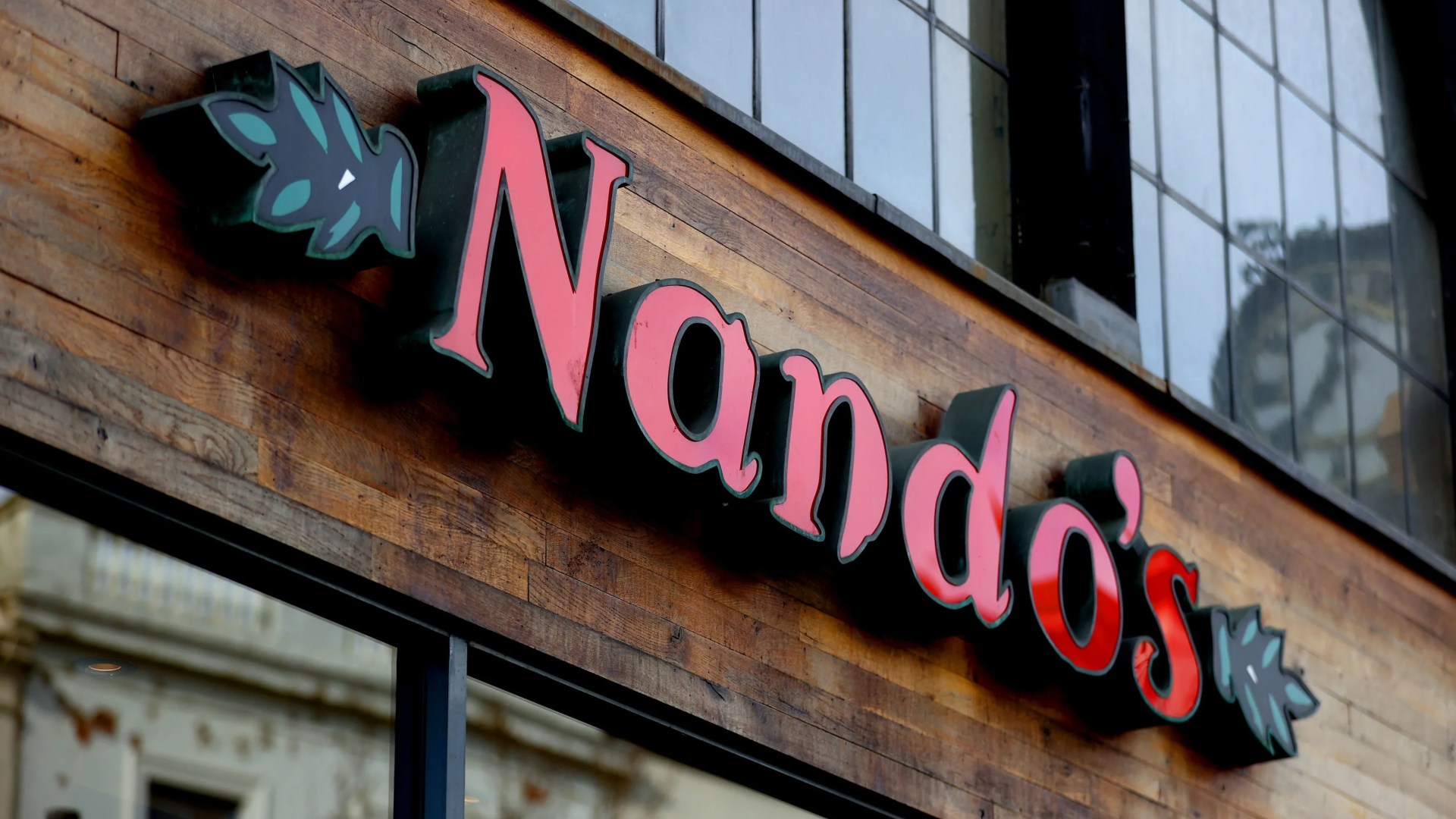A court-ordered break-up of Google would be unprecedented in modern American corporate history, delivering a blow to the Big Tech company that even Microsoft ultimately dodged when it lost its own US antitrust case two decades ago.
Yet for the legal team tasked with mounting Google’s response to the potential sanctions that the Department of Justice revealed on Tuesday night, the case could hardly have landed at a better time.
Google’s initial response to the DoJ’s proposals — that competition is “thriving” in search ads and “fierce” in artificial intelligence — would have been less convincing even two years ago, before OpenAI’s launch of the breakthrough ChatGPT chatbot.
Spinning out its arguments through the appeals courts will be crucial to Google’s strategy as it looks to deflect or delay the effects of August’s landmark ruling by a federal judge that it maintained an illegal monopoly by paying billions of dollars to device makers, mobile carriers and browser developers.
The legal timelines involved in such a complex and high-stakes case are likely to allow Google to put off any impact on its business for years. It plans to appeal the liability decision when the judge rules on remedies, which is likely to be in mid-2025, and may then also contest the remedies themselves.
Google executives are feeling a degree of whiplash after a period of heightened anxiety from investors that the company was falling behind in the AI race, just as it faced three separate lawsuits accusing it of abusing its dominance in search, advertising and mobile platforms.
With new search advertising competitors, such as Amazon and TikTok, emerging and widespread disruption to its core business from AI start-ups, including OpenAI and Perplexity, Google can argue that it is facing the stiffest competition since Microsoft’s Bing launched 15 years ago.
On Tuesday, for example, Google pointed to an Emarketer forecast that its share of US search advertising spending would fall below 50 per cent next year for the first time since the research group started tracking the market in 2008 — primarily due to rapid growth in Amazon’s marketing business.

However, the DoJ successfully made the case that Google monopolises a narrower market for general search engines, making Amazon’s inroads irrelevant from the court’s point of view. Google still handles more than 90 per cent of online search queries, according to StatCounter.
Broadly, Google’s argument focuses on what it describes as regulatory “over-reach” following a case about the impact of its distribution agreements. Forcing it to divest assets or share data with competitors would “go far beyond the specific legal issues in this case”, it said in a blog post on Tuesday.
Requiring Google to split off its Chrome browser or Android operating system, or other “structural” remedies, would “tilt the field at the precise moment that competition is thriving”, the company said.
Instead, Google would prefer any remedies to focus on the contracts it strikes with the likes of Apple and Mozilla, the Firefox browser maker, the company said. Even then, Google argues it should still be allowed to pay those partners for distribution, as long as those deals do not demand exclusivity.
John Kwoka, professor at Northeastern University, disagreed, saying Google was “a complicated company that has an awful lot of operating levers to achieve what it wants, and so it needs to be matched with an equally wide set of complementary remedies, up through and including divestitures where necessary”.
He pointed to a long history of companies evading the effects of regulators’ “conduct” remedies — a risk raised by the DoJ, which warned that “mechanisms and incentives for circumvention are endless”.
“This filing is an important stake in the ground and says ‘if we need to, we’re going to take a crack at this’,” Kwoka said. The DoJ was likely to argue that structural remedies were “necessary, that nothing else will work”, he added.
Google has meanwhile invoked the spectre of AI competition from China — without mentioning the country directly — to argue that weakening the Silicon Valley company would amount to undermining the US on the international stage.
Forcing it to share the “secret sauce” behind its search engine, such as data and algorithms, could put sensitive consumer information in the hands of China’s Baidu or Russia’s Yandex, Google suggested. Such companies might not uphold its own standards of privacy or security, it added.
“Government over-reach in a fast-moving industry may have negative unintended consequences for American innovation and America’s consumers,” it wrote in its blog post. “It’s hard to think of a technology more important for America’s technological and economic leadership [than AI].”

The DoJ saw things differently, arguing that the company’s “ability to leverage its monopoly power to feed artificial intelligence features . . . risks further entrenching Google’s dominance”.
The company is likely to appeal its antitrust cases all the way up to the US Supreme Court. “This is the start of a long process,” it said in Tuesday’s blog post.
Yet Jason Kint, a Big Tech critic who leads the Digital Content Next trade group of online publishers, said it was not a given that the Supreme Court would take up the case.
He estimated that it could take two or three years for any remedies to be enforced if the case proceeds through the courts, adding: “The reality is Google is racking up [legal] losses, they have a difficult set of facts along with spoliation from purging evidence and they may try to settle or proactively make moves to control the outcome.”
The case is one of the most high-profile legal challenges overseen by Jonathan Kanter, one of the progressive antitrust officials appointed by President Joe Biden who has clamped down on anti-competitive conduct across the US economy.
Considering Google’s willingness to file appeals against the judge’s ruling, Kanter may no longer be heading the DoJ’s antitrust division by the time the case reaches completion.
November’s presidential election could also affect the outcome. Microsoft was able to reach a settlement with the George W Bush administration in 2001, less than a year after the Republican president had been elected.
However, any new Republican administration next year may not necessarily threaten the tougher policy introduced under Biden. Big Tech has attracted bipartisan ire in Washington in recent years, and a new generation of populist conservatives — including JD Vance, Republican candidate Donald Trump’s vice-presidential pick — have praised Washington’s more aggressive antitrust stance.
A second Trump White House may avoid undermining the Google search case in particular as it was originally filed during his first administration.
There was a possibility that new DoJ officials might “go soft” on remedies or in a potential appeals process, Kwoka said, citing Trump’s unpredictability and Democratic presidential candidate Kamala Harris’s apparent openness to meeker antitrust policy. But, he added, “Big Tech doesn’t have the deference it did five years ago from either party, so . . . some version of this will probably go ahead.”
Google also faces other threats. Earlier this week, a California judge ordered it to open Android to rivals so they can create their own app marketplaces to compete with Google Play. The DoJ is separately suing Google for its alleged monopolistic control over digital advertising.
Yet, despite these blows, Wall Street’s reaction has been sanguine. Shares in Alphabet, Google’s parent company, fell only 1.5 per cent on Wednesday, leaving its market capitalisation just below $2tn, and maintaining its position as the world’s fourth-largest listed company.
The DoJ’s proposal “goes a mile wide and an inch deep”, analysts at Bernstein said: “As expected, the remedy set was far-reaching and light on specifics, though we remind readers that this is only the first inning of the battle.”













































































































































You must be logged in to post a comment Login